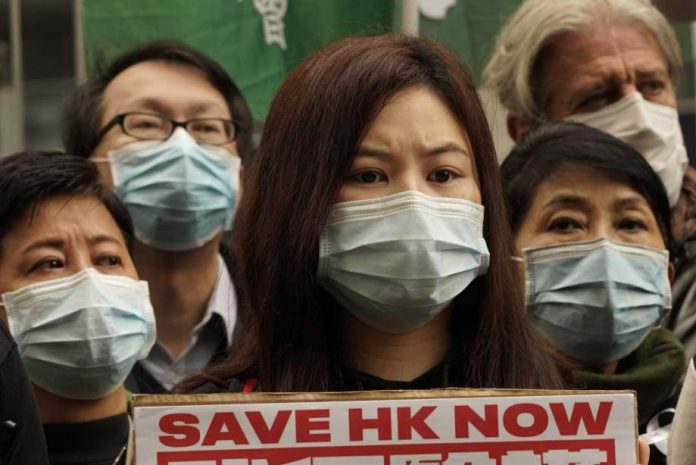Written by Joe Hoft

February 28, 2020
The Hong Kong government and corporations reacted late to the coronavirus but when they did act, the actions were borderline extreme. More than a month later there are still questions. The overall damage of the virus is not nearly as severe as originally feared.
News of the coronavirus reached Hong Kong and the world in early January. Hong Kong citizens were curious at first and then almost hyper-reactive. The Wuhan coronavirus was a big unknown and still is.
A Hong Kong Perspective:
I happened to be in Hubei Province in China with my family as word of the virus spread. We made it back to Shenzhen’s massive new and beautiful airport on the 5th and already travel was slowing down. For the next few weeks as we all tried to understand the severity of the virus, I mingled with individuals in Hong Kong via mass transit and at various locations like stores and restaurants. Then came the Chinese New Year in late January and the government of China took the unprecedented move and shut everything down in Hubei Province in China. Road blocks were erected and people were forced to stay home in Hubei Province. After the Monday and Tuesday holidays, all businesses were shut down in Hong Kong and throughout China at the end of January.
Schools were closed until the end of February in Hong Kong and the following week businesses opened but with the option to work from home, if possible. Most companies followed the Hong Kong government’s practices with civil servants and kept their employees home. This has continued throughout the month of February and schools in Hong Kong next announced they would be closed till mid-March and then until April 20th.
The local shops are in poor shape with those that depend on walk-in traffic hurt the most. The only industry that has done ok during the protests, which ended right before the coronavirus outbreak, are grocery stores. To add some perspective, the massive and beautiful Hong Kong airport has seen traffic down from 200,000 passengers on a typical day down to 7,000.
Overall, the people in Hong Kong and China are compliant with government recommendations wearing masks and working from home but after more than a month, most people are beginning to suffer from cabin fever. Also, fewer people, especially Westerners are wearing masks as they can be uncomfortable.
So where are we at today? Companies are slowly getting back to work as the government encourages civil servants to make it back to work. The average company has seen around 20% of their employees in the office in February and this is likely to increase to 50% within the next few weeks. The economy took a hit.
China’s economy was already slowing and it took a very big hit from the coronavirus. This was not what the regime needed. President Trump’s tariff’s encouraged US manufacturers in China to move outside of the country and into SE Asia or back to the US. This was the beginning of the economic downturn before the coronavirus. (To get a perspective of how the economy in China is doing, imagine all the major airports throughout China seeing less than 5% of their normal traffic.)
What Does This Mean For Hong Kong And China?
Read More HERE


